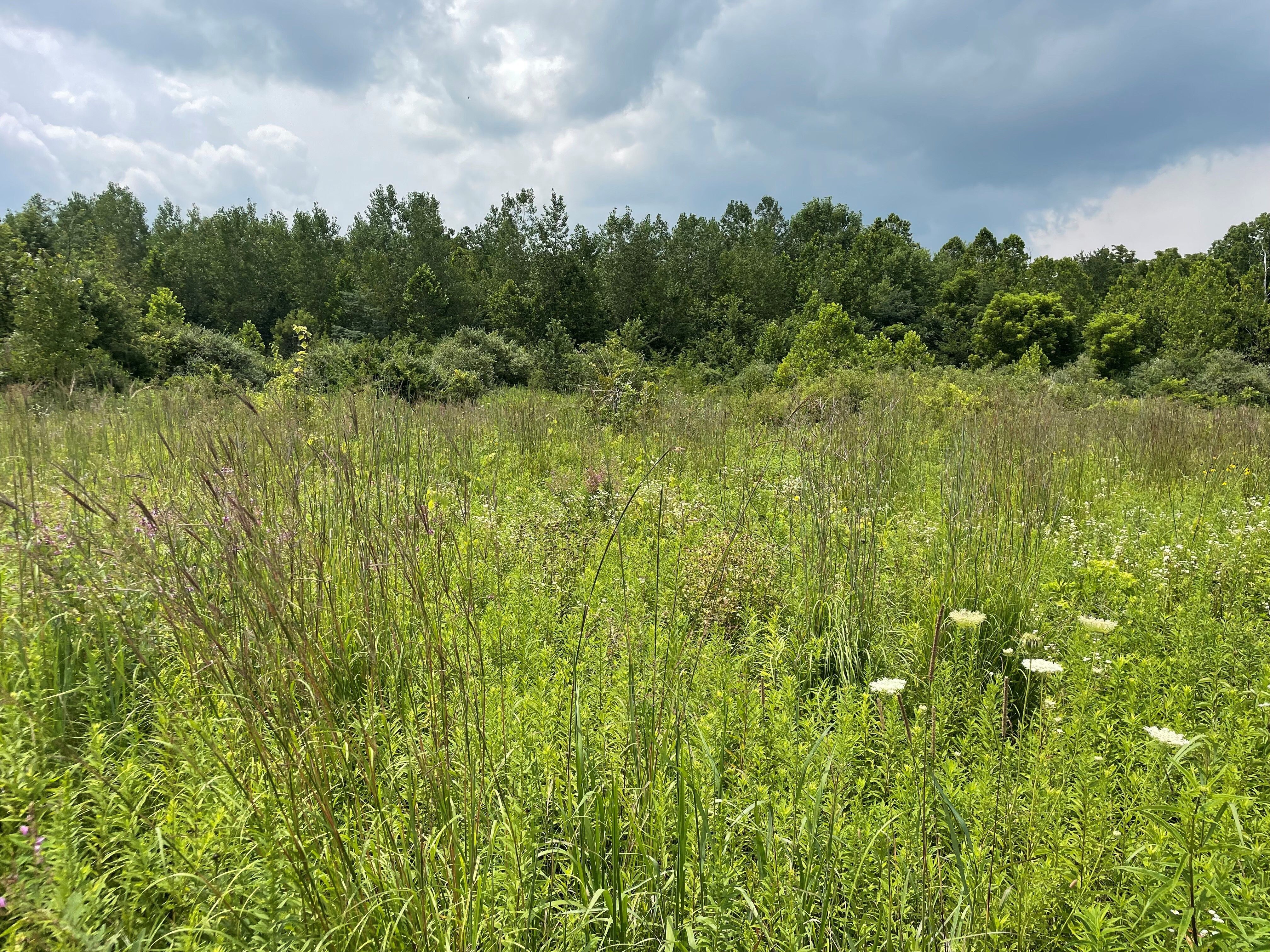
Ohio's diverse natural landscapes are teeming with wildlife, from graceful white-tailed deer to the cheerful melodies of eastern bluebirds. Yet, the health and sustainability of these ecosystems are intrinsically tied to a group of unsung heroes - native grasses. In this article, we delve into the crucial role these grasses play in supporting Ohio's wildlife and maintaining the delicate balance of its ecosystems.
1. Habitat and Shelter
Native grasses are indispensable for providing habitat and shelter to Ohio's wildlife. These grasses form dense stands, creating a protective cover for small mammals, birds, and insects. Ground-nesting birds, including the Eastern meadowlark and bobwhite quail, rely on these grasses to conceal their nests from predators. Moreover, this dense vegetation offers a safe refuge for wildlife during harsh weather conditions.
2. Food Source
Beyond shelter, native grasses also serve as a critical food source for many Ohioan animals. Species like white-tailed deer and cottontail rabbits graze on these grasses year-round. Their nutritious foliage becomes a lifeline during times when other food sources are scarce. Additionally, the seeds of these grasses are a vital food source for numerous bird species, particularly sparrows and finches, especially during colder months.
3. Erosion Control
Ohio's diverse landscape is prone to erosion, especially in agricultural areas. Native grasses come to the rescue with their deep root systems that stabilize the soil and prevent erosion. By holding the soil in place, they reduce sedimentation in rivers and streams, a critical factor in maintaining water quality and preserving aquatic habitats.
4. Biodiversity
Ohio's native grasses promote biodiversity. They support a wide range of insects, in turn attracting insect-eating birds and other wildlife. This intricate web of life is vital for the overall health of the ecosystem, ensuring a variety of food sources for different species and helping control pest populations naturally. If you're an avid gardener, you can contribute to Ohio's ecosystem by adding native grasses to your flower garden. Consider planting native grasses like Little Bluestem (Schizachyrium scoparium) and Switchgrass (Panicum virgatum) alongside your flowers. These grasses not only enhance the beauty of your landscape but also create a more biodiverse and wildlife friendly garden.
5. Carbon Sequestration
In the face of climate change, native grasses have an additional vital role to play - carbon sequestration. These grasses absorb and store carbon dioxide from the atmosphere, contributing to the mitigation of greenhouse gas impacts. As Ohio endeavors to reduce its carbon footprint, conserving and restoring native grasslands becomes a significant step toward a more sustainable future.
Conservation Efforts
While native grasses are vital for Ohio's wildlife and ecosystems, they've faced significant challenges, including habitat loss, invasive species, and evolving land use patterns. Conservation efforts, including the restoration of native grasslands and the promotion of sustainable land management practices, are essential to protect and enhance these critical habitats. Programs like the Conservation Reserve Program (CRP), Environmental Quality Incentives Program (EQIP), and Conservation Stewardship Program (CSP) funded by the USDA and NRCS, all promote the conservation and management of native grasses. If you are interested in establishing or conserving native grasses on your property please reach out to the Madison Soil and Water Conservation District at (740) 853-4003 or on our website at www.madisonsoilandwater.com
In conclusion, Ohio's native grasses aren't mere background scenery; they are the unsung heroes of its ecosystems. Their role in providing habitat, food, erosion control, and supporting biodiversity is irreplaceable. As we strive to conserve Ohio's wildlife and protect its natural heritage, the preservation and restoration of these grasses should remain a top priority. Recognizing the importance of these native grasses ensures a brighter and more sustainable future for both Ohio's wildlife and its people.

